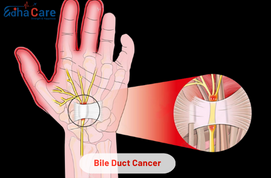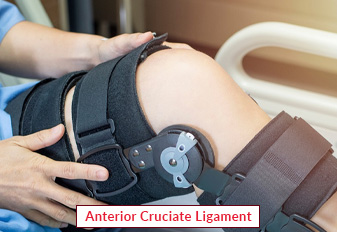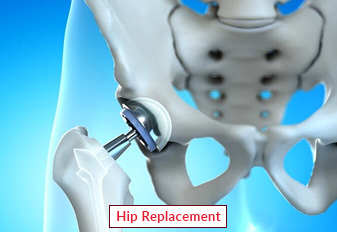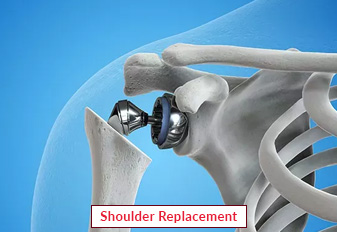Carpal Tunnel Release Surgery

Carpal tunnel release surgery is a procedure aimed at relieving the signs of carpal tunnel syndrome, a condition characterized by the compression of the median nerve in the wrist. In order to relieve pressure on the median nerves, the transverse carpal ligament—which forms the carpal tunnel's roof—is separated during the process of surgery. Both open surgery and less invasive methods like arthroscopic or endoscopic surgery can be utilized for this operation. It is usually advised in cases where relief from conventional treatment is not achieved. Surgery to relieve the pain of carpal tunnel syndrome is thought to be safe and successful, and most patients report considerable improvements in function and pain after the procedure.
Book an AppointmentAbout Carpal Tunnel Release Surgery
Symptoms: Carpal tunnel syndrome's symptoms include weakness, tingling, and discomfort in the hand and fingers, especially the tips of the thumb, index, and middle fingers. The ailment is frequently treated with carpal tunnel release surgery. Other common markers include hand weaknesses, difficulty holding items, and worsening of symptoms at night.
Causes: If the median nerve, which extends from the forearm into the palm of the hand, is pinched or compressed at the wrist, the condition known as carpal tunnel syndrome develops. Using tools or writing are two repetitive hand activities that could cause this compression. Additional risk factors include medical diseases including diabetes or thyroid issues, wrist traumas, and ailments like arthritis.
Remedies: By severing the ligament that creates the carpal tunnel's ceiling, carpal tunnel-release surgery attempts to relieve the pressure on the middle nerve. Injections of steroids, physical therapy, wrist splinting, and changes in lifestyle to lessen repetitive hand motions are possible further treatments. Effective management of carpal tunnel syndrome requires early intervention as well as appropriate ergonomic strategies.
Procedure of Carpal Tunnel Release Surgery
Preparation: Prior to surgery, the patient usually receives instructions on how to take their medications and fast. Additionally, in order to make sure they are surgical candidates, they might have preoperative assessments including an electrocardiogram (ECG) and blood tests.
anesthetic: The patient receives anesthetic on the day of the procedure in order to make sure they are comfortable and pain-free. The kind of anesthesia used can vary, but to numb the hand and wrist, regional anesthesia (such a wrist block) or a local anesthetic plus sedation are frequently utilized.
Incision: A little incision is made by the surgeon in the wrist or palm of the hand to reveal the transverse carpal ligament, which forms the carpal tunnel's roof.
Ligament Release: To release pressure on the median nerve and enlarge the carpal tunnel, the surgeon delicately divides or cuts the transverse carpal ligament using specialized equipment. Both minimally invasive endoscopic procedures and conventional open surgery can be used to complete this stage.
Closure: The physician uses surgical staples or sutures to seal the incision after releasing the ligament. The wound may be dressed with sterile materials.
Recovery: After the procedure, the patient is kept under close observation in a recovery room until they are stable and completely awake. Instructions on wound care, pain management, and hand usage restrictions may be given to them after surgery.
Follow-up: In order to track their healing and evaluate the results of their surgery, patients usually schedule follow-up visits with their surgeon. Hand exercises or physical therapy may be recommended to support hand rehabilitation and regain hand function and strength.
Require Assistance?
Get A Quick Callback From Our Healthcare Experts
Other Specilities We Cover

Anterior Cruciate Ligament (ACL)

Hip Replacement




